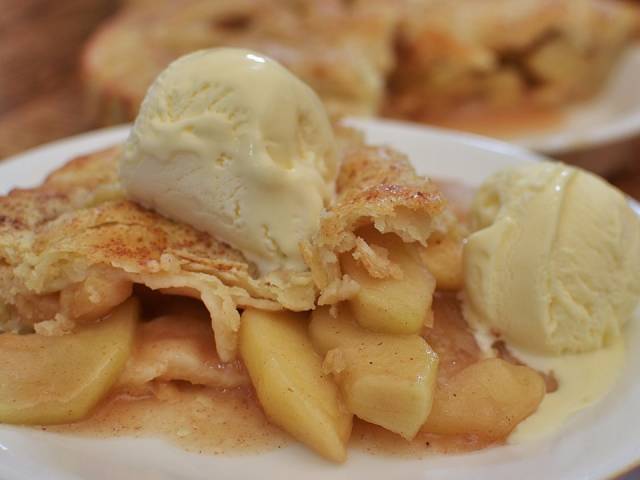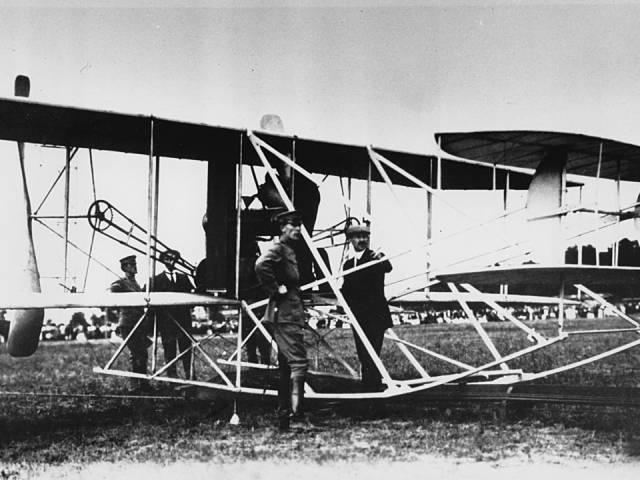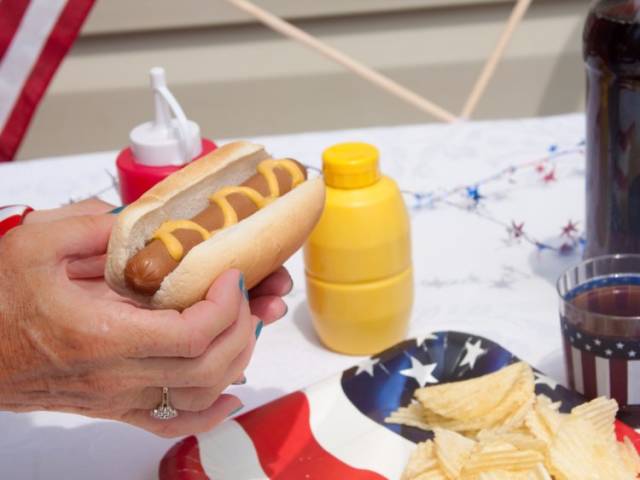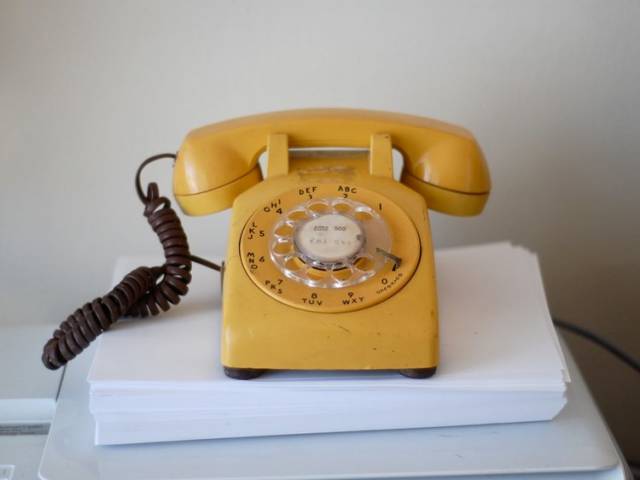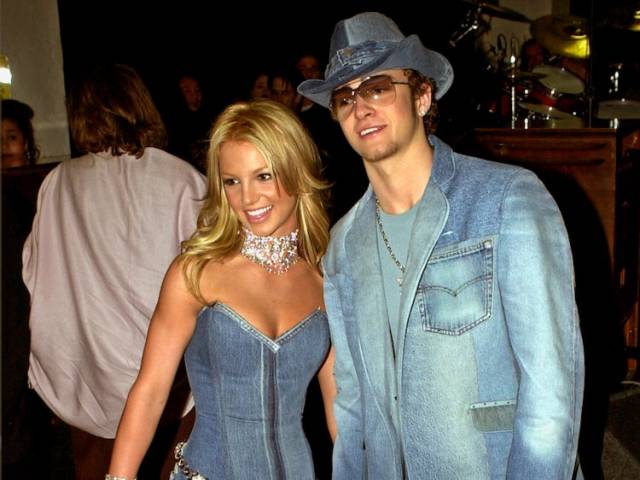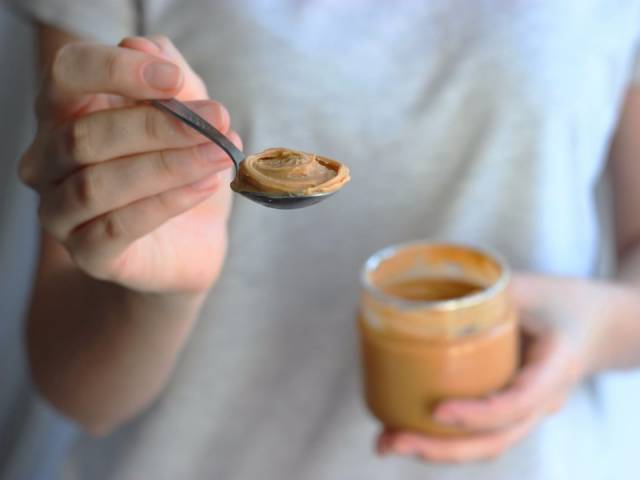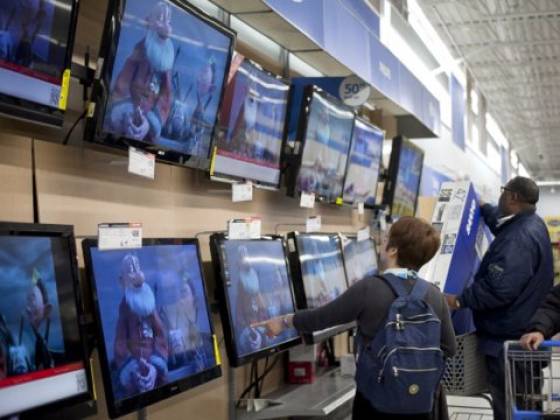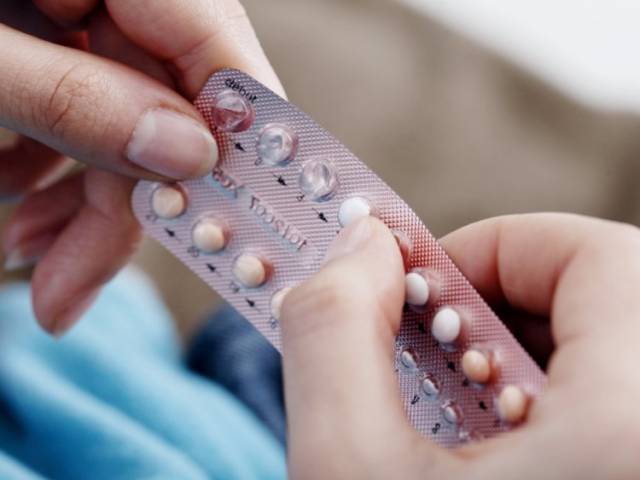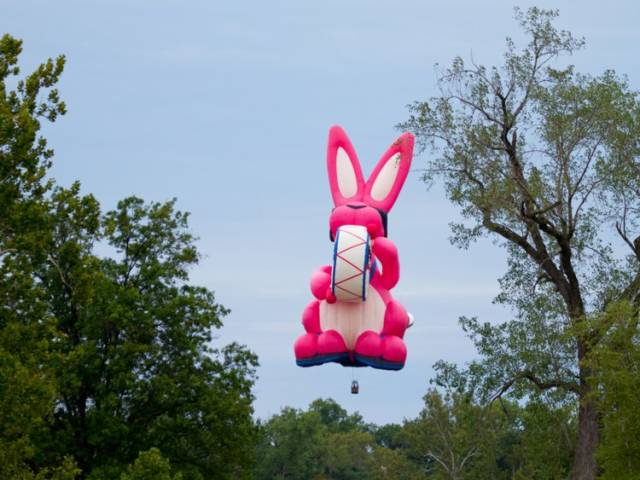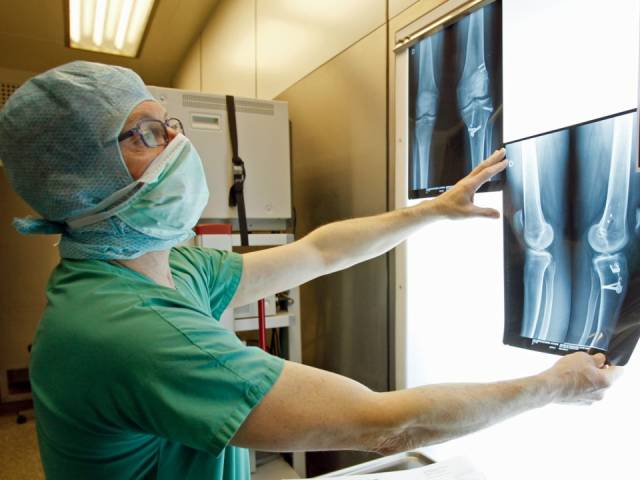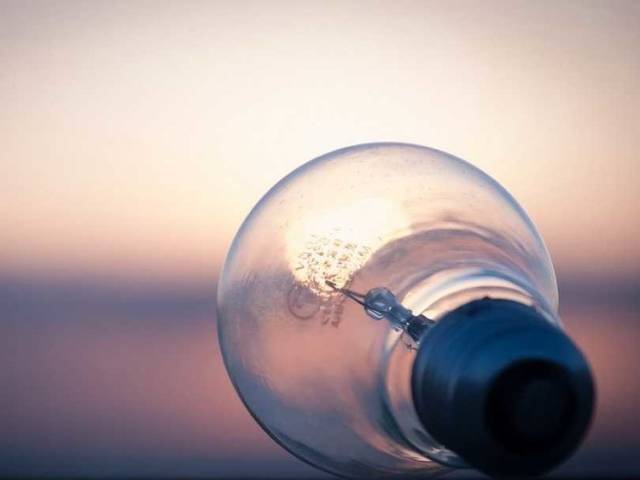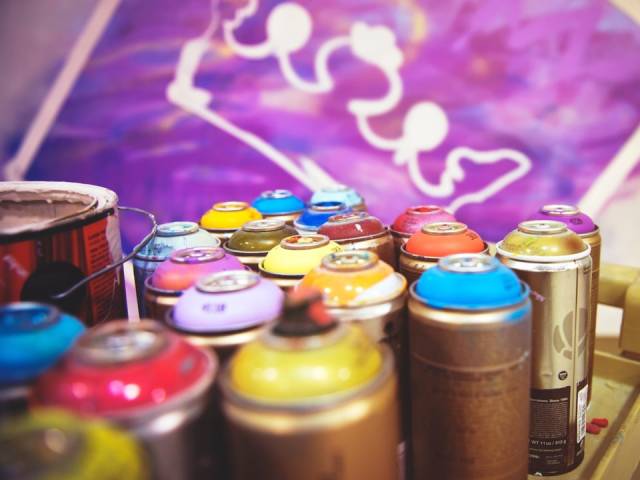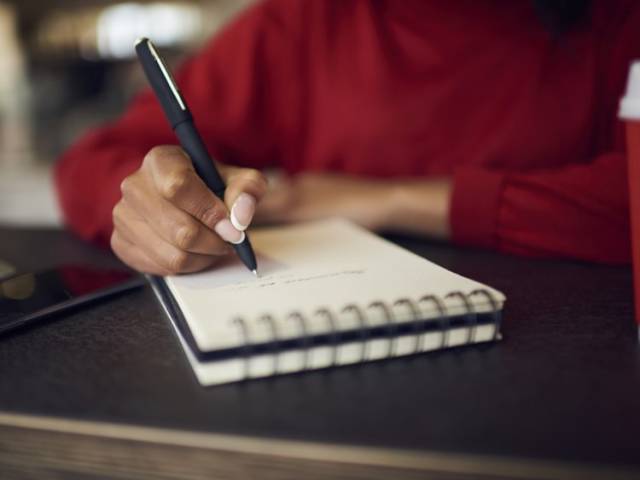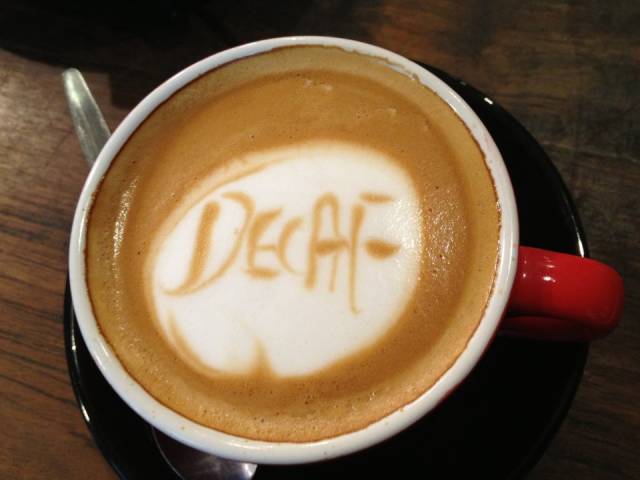Contrary to the idiom, apple pie isn't American.
Despite the phrase that labels it the zenith of American culture ("as American as apple pie"), the flaky, fruity dessert didn't originate in the US.
Recipes for pie can be found as early as the Ancient Greeks, according to the American Pie Council. However, medieval England popularized the dish, then known as "pyes" with crusts called "coffyns," and usually filled with meat.
Both Dutch and British settlers are credited with bringing the humble apple pie to the Americas.
America's national anthem is sung to the tune of a British drinking song.
When Francis Scott Key penned the words to the poem that ultimately became "The Star-Spangled Banner," he had the melody of a rather ignoble song in mind. "To Anacreon in Heaven" is a British drinking song that praises debauchery rather than patriotism — yet Americans proudly listen to and sing the notoriously tricky-to-nail tune on the Fourth of July and at countless sporting events throughout the year.
The Wright brothers didn't invent the plane.
Apparently, A New Zealand farmer named Richard Pearse took flight for roughly 350 yards in March of 1902 — months before the Wright brothers nailed down a more sustained flight.
Hot dogs were invented in Germany and Austria.
Staples of baseball parks and summer cookouts alike, the humble hot dog was possibly discovered in ancient Rome, when the cook of Nero, a Roman emperor, removed and stuffed the intestines of a roast pig.
But what we know for certain is that the tubular meat we're familiar with today originated in one of two European towns (both vie for the honor): Frankfurt, Germany (hence, "frankfurter"), and Vienna, Austria (the word "wiener" comes from the city's German name, Wien).
Generally, it is agreed upon that European immigrants in New York popularized the dish stateside. Most famously Nathan Handwerker, a Jewish immigrant from Poland who worked at a Coney Island frank stand when he opened his own stand — the now-iconic Nathan's Famous, in 1916.
Alexander Graham Bell came up with the idea for the telephone in Canada.
While many people can name the Scottish-born American scientist Alexander Graham Bell as the person who invented the telephone, they'll be surprised to learn that Bell — whose family immigrated to Canada in 1870 — came up with the idea for the communication device in Brantford, Ontario. Observing the currents of a river, he realized that you could transmit sound by controlling the intensity of electrical currents.
Bell filed a patent for the telephone in the US but returned to Canada to receive the first one-way long-distance call. It was transmitted by telegraph wire from Brantford to Paris, Ontario.
Denim was invented in 18th-century France.
Denim was invented by accident in 18th-century France in the city of Nîmes. Attempting to copy an Italian fabric, serge, the French created a material they called "serge de Nîmes," which was shortened to "denim."
In turn, Levi Strauss (born Loeb Strauss) introduced denim to America when he emigrated from Bavaria in 1853. Living in San Francisco and working at his family's dry goods store, Strauss teamed up with Jacob Davis, a tailor from Nevada. Together, they registered a patent for pants strengthened with rivets that catered to the mining industry.
Peanut butter has its origins in South America.
Although they didn't "invent" the spread that we buy in jars, the earliest historical reference to a peanut paste can be traced to the Incas and Aztecs.
As far as naming a specific innovator goes, African-American scientist and inventor George Washington Carver is often (incorrectly) credited with inventing the stuff. In reality, he impressively devised 300 recipes and uses for peanuts, which included a peanut paste, though he didn't invent peanut butter.
The first US patent for a peanut flavoring paste (aka "peanut-candy") was actually awarded to Canadian chemist Marcellus Gilmore Edson in 1884. However, two American physicians did contribute to peanut butter as we know it: John Harvey Kellogg (the man behind Kellogg's cereal) patented a method for turning raw peanuts into peanut butter, while Ambrose Straub patented a peanut butter-making machine.
The first automobile was invented in Germany.
Henry Ford and and his cars may be all-American, but the early automobile has German origins. In 1866, Karl Benz (as in Mercedes-Benz) was the first person to register a patent for a gas-fueled "Motorwagen" (motorcar).
Some of the earliest experiments that led to the creation of television took place in Russia and the UK.
Philo Taylor Farnsworth, an American, is known as the "Father of Electronic Television." In 1927, when he was just 21, Farnsworth unveiled a video camera tube that could transmit images by scanning them with a beam of electrons.
However, he didn't single handedly invent the TV. Earlier experiments by people such as Boris Rosing in Russia and John Logie Baird in England preceded Farnsworth's invention. In 1907, Rosing — who taught future TV innovator Vladimir Zworykin in St. Petersburg — researched how a cathode ray tube could be used as a receiver and filed a German patent for the device. Baird, on the other hand, discovered in 1924 that rotating discs with holes in them could transmit images mechanically.
Margaret Sanger founded the birth control movement in New York City, but the pill itself was invented in a lab in Mexico.
In 1914, social reformer and sex educator Margaret Sanger introduced the term "birth control" into the American lexicon.
But the "father of the pill" is actually Carl Djerassi, an Austrian-born chemist who immigrated to the US to escape the Nazis. An expert on steroid synthesis, Djerassi joined a Mexico City-based company called Syntex, where he helped pioneer the first oral contraceptive in 1951.
While he didn't have the green light to test, produce, or distribute the pill, his research paved the way for the team that did — endocrinologist Gregory Pincus and gynecologist John Rock. Nine years after Djerassi's discovery, following clinical trials in Massachusetts and Puerto Rico, the pill was approved by the FDA.
The electric battery was invented in 19th-century Italy.
When you think of batteries, you might picture the Energizer Bunny. But it was Italian physicist Alessandro Volta — the volt is named in his honor— who created the first electric battery in 1800. His so-called voltaic pile comprised a stack of zinc and silver (or copper and pewter) plates separated by pieces of cloth soaked in a brine solution.
Although Thomas Edison used x-ray technology in some of his inventions, x-ray photography was invented in Germany.
In 1895, German mechanical engineer Wilhelm Röntgen, who later won a Nobel Prize in Physics, discovered x-ray radiation.
Thomas Edison built on Röntgen's findings, using his research as the basis for inventions such as a fluorescent lamp. However, Edison ceased experimenting with x-rays when his assistant died from complications from radiation exposure.
On a related note, an Englishman — not Edison — was the first person to create a light bulb.
Humphry Davy invented the first electric arc lamp in 1809 after realizing that a chemical reaction was a prerequisite for the production of electricity. Davy's device was made from two wires connected to a battery. He attached charcoal strips to the wires and noticed that the charged carbon emitted a glow.
Decades later, in the 1870s, Thomas Edison succeeded in creating the first commercial light bulb.
The aerosol can was invented in Norway.
Although aerosol cans were introduced to the US in the form of sprayable insecticide meant to protect troops from malaria during World War II, the can itself has Nordic roots.
Norwegian engineer Erik Rotheim patented the first pressurized can and valve system in 1927.
It may be an icon of American journalism, but the notepad is an Aussie innovation.
Despite its status as an icon of American journalism, the notepad was actually invented in Australia in 1902 by J.A. Birchall, who owned a stationary shop in Tasmania. Bored of selling writing paper in folded stacks known as quires (four sheets of paper folded to create eight leaves), he glued a stack of halved sheets together and added a piece of cardboard to support the contraption. Thus, the world's first notepad (nicknamed the "Silver City Writing Tablet") was born.
When you order a decaf cup of coffee at a diner or café, you have a German coffee merchant to thank.
While the question "Regular or decaf?" might bring to mind the color-coded coffee pots common in diners across America, we have German coffee merchant Ludwig Roselius to thank for the decaffeination process. In 1905, Roselius realized that caffeine could be removed from coffee beans with help from the hydrocarbon benzene, which is now a known carcinogen.
Thankfully for modern decaf drinkers, scientists discovered safer methods to decaffeinate coffee beans. Since caffeine is soluble in water, it can be removed via water processing or by using a direct solvent (such as ethyl acetate) to extricate the stimulant.

